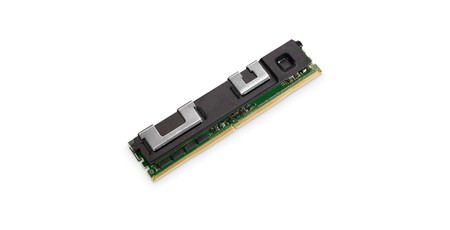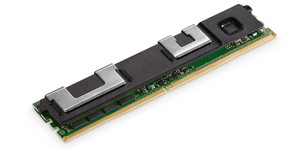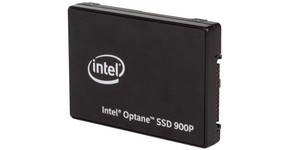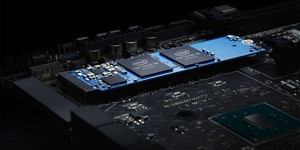Intel has announced its long-awaited persistent memory modules, based on the 3D XPoint technology developed as part of its now-defunct Intel-Micron Flash joint venture, offering support for 3TB of RAM per CPU socket on compatible systems.
First unveiled back in 2015 and due to launch a year later - a target the company would miss - Intel's Optane represents the company's first attempt at creating a hybrid dynamic and non-volatile memory type. As with other hybrid memory formats, the idea is that - eventually, at least - the performance of non-volatile flash memory will increase to the point that volatile dynamic memory, which loses its contents unless constantly refreshed, will no longer be necessary.
The company's first Optane product, the Optane SSD DC P4800X, delivered on this promise only partially: A PCI Express add-in card, the P4800X could operate either as a high-speed mass storage device or as an expansion to system RAM. Later consumer implementations would drop this feature, concentrating instead on small-capacity caching and larger-capacity SSD flavours. Its most recent Optane products bring the technology closer to the mainstream but again lack the ability to act as system RAM - which is something you can't say for its freshly announced Optane DC Persistent Memory.
Designed, as with the first Optane products, for use in the data centre, Intel's Optane DC Persistent Memory puts Optane flash storage technology onto a DRAM-style dual inline memory module (DIMM). The result:hHigh-speed non-volatile storage which appears to the system as native RAM yet offers capacities of up to 512GB per module - meaning a total of 3TB per CPU socket, or up to 12TB per quad-socket server.
'Unlike traditional DRAM, Intel Optane DC Persistent Memory will offer the unprecedented combination of high-capacity, affordability and persistence,' claims Intel's Lisa Spelman. 'By expanding affordable system memory capacities, end customers can use systems enabled with this new class of memory to better optimise their workloads by moving and maintaining larger amounts of data closer to the processor and minimising the higher latency of fetching data from system storage.'
The launch sees Intel positioning itself as the provider of all high-performance memory and storage devices for the data centre, showcasing a pyramid with Optane DC Persistent Memory at the top, the Optane DC Solid State Drive family just below, then the company's more sedate 3D NAND SSDs below that, before system builders have to go to a third party for hard drives and tape decks.
The Optane DC Persistent Memory modules are sampling from today, Intel has confirmed, with shipping to 'select customers' by year's end and broad availability starting in 2019. Pricing has yet to be confirmed, but more technical information is available from the company's official developer site.

MSI MPG Velox 100R Chassis Review
October 14 2021 | 15:04









Want to comment? Please log in.